Beeld en Taal
In the Beeld en Taal (Image and Language) department you learn to draw, paint, write and work with video, photography and digital media. During the course, you create booklets and installations, prepare performances and publications and publish online. A good mastery of the Dutch language is essential for participation in this programme. After graduation you may use the title Bachelor of Art & Design (BA).
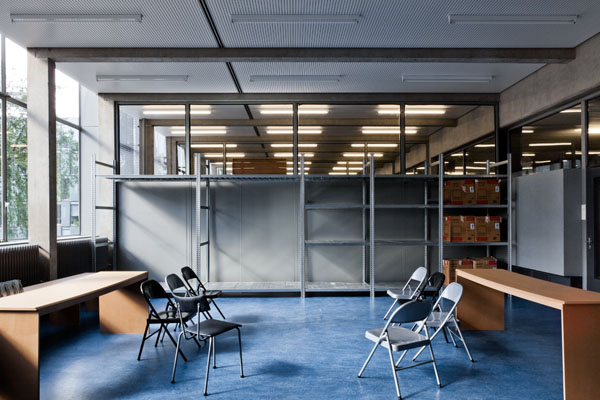
Contact
beeldentaal@rietveldacademie.nl
In the Beeld en Taal department, words and images are afforded equal value. In practical terms, this means that your work will involve a combination of video, photography, sound, digital media, drawing, painting, writing and performance. You will create visual and literary work and be constantly in search of ways in which to relate or connect the two areas to each other. Your work will be multidisciplinary and will take on a wide variety of forms.
In the department, the main emphasis is on construction. This not only concerns what you make but also the way in which you make it. For us, action takes precedence over blueprints and intuition is more important than plans. Although analysis and accountability are important, these are only possible during the course of the process or in retrospect. It is this approach that makes it possible to combine and relate the two subjects. This is why the department's motto is: ‘reckless yet precise’. Although the independent nature of Beeld en Taal is important, it is also essential that the work takes a form that is both clear and understandable. This means that the development of ideas and fantasies is assessed in terms of the clarity of its communication. Everything in the department is linguistic in nature; it expresses students’ ideas and opinions in images and in words. The fine arts are increasingly focusing on social issues. This underscores the relevance of the way in which the academy experiments with image and language, with narrative structures and the creation of meaning. Beeld en Taal has a wide-ranging curriculum. Within the confines of the department, you will have space to develop, but you will also work on projects that assess your efforts outside the academy in terms of society’s demands and standpoints. During the first specialisation year and the first semester of the second, the curriculum is Dutch language-based. A wide variety of teaching is available based on assignments.
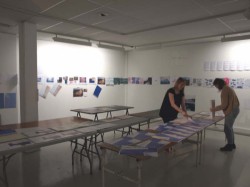
2016-01-15 14:30:59
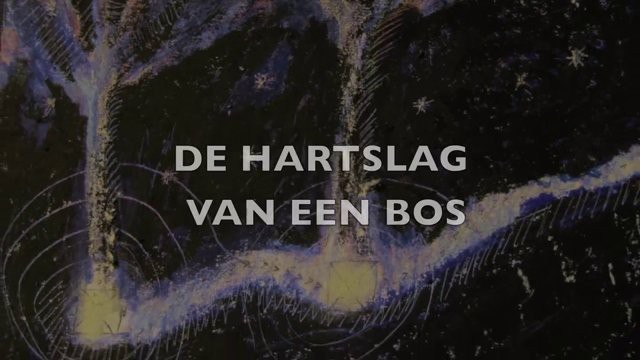
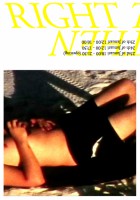
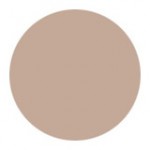
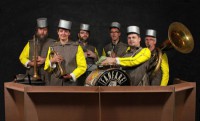
.jpg)
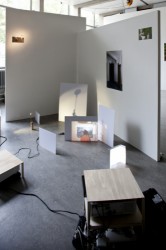
Courses offered
Image, Language, Animation, Typeface, Film, Art history, Studium Generale, work evaluations and practical projects.
Projects
Studying Beeld en Taal at the Rietveld Academie involves constant work on projects outside the academy. We work in close alliance with institutes, events and platforms that focus on visual images or literary output. These alliances can ultimately result in a website, a book or a radio or television broadcast. All of this is set against a backdrop of a theatre auditorium, an exhibition or public area. This external interaction helps provide a clear idea of where and how it will eventually be possible to find an outlet for your work in the outside world.
Study structure
first specialisation year
During the first specialisation year, the department has a Dutch language curriculum. A wide variety of teaching is available based on assignments. The focus is on writing as a craft. During this first year, you will collaborate extensively with students from the other years.
second specialisation year
In the second specialisation year, the focus is increasingly on combining image with language. Although the curriculum is still Dutch language-based, it is also possible to accommodate students whose first language is not Dutch. In this second year, you will continue to work on projects with students from the other years.
third specialisation year
In the first semester of the third specialisation year, students work on designing their own project. Academic teaching staff provide support in order to enhance your ideas and working methods. In the second semester, the project is completed. This may be made up of a range of works in different media or a single major piece of work. It is possible to choose between a combination of image and words or art work with a literary angle. You will also write a thesis relating to your own work. This may examine works of art, artists or movements that link together literature and the fine arts. This thesis is a fundamental part of the final examination and is assessed accordingly. Ultimately, the work will be presented at the annual final examination exhibition, which is open to the public.
Theory
Theory is an important component of the Beeld en Taal programme. In all lessons, you will become acquainted with the most important achievements in the field of aesthetics and the work you create will be linked to contemporary art, philosophy and literature. In Art Criticism, the course examines artists who combine image and language in their work. Interviews and theses are also included in the course. The Studium Generale is a fixed component of the theoretical teaching. This provides a general historical context concerning current themes in the contemporary international art world. The Studium Generale brings in prominent speakers from the Netherlands and abroad to give lectures. For more information, see Studium Generale.
Work placement and exchange
Work placements and exchanges are possible, but not compulsory. If you would like to take such a position, always discuss this with your lecturers first. Work placements and exchanges may only take place in the second specialisation year.
Students 1st year
Students 3rd year
